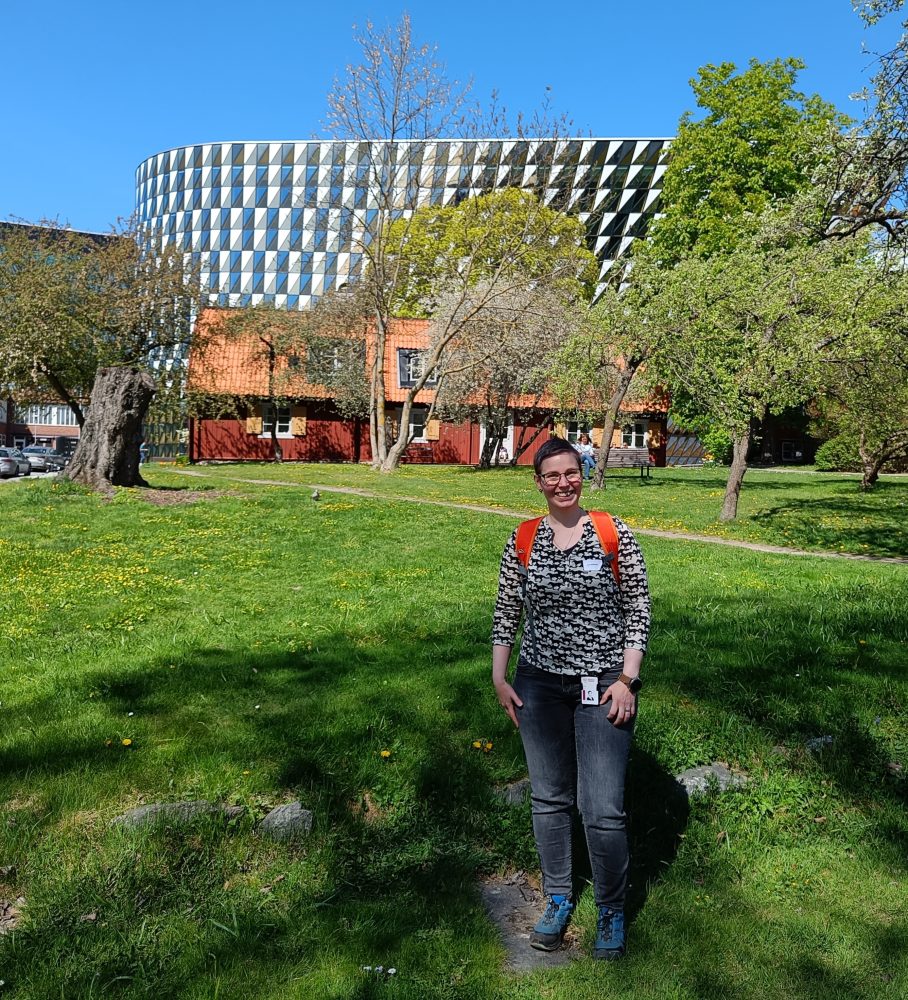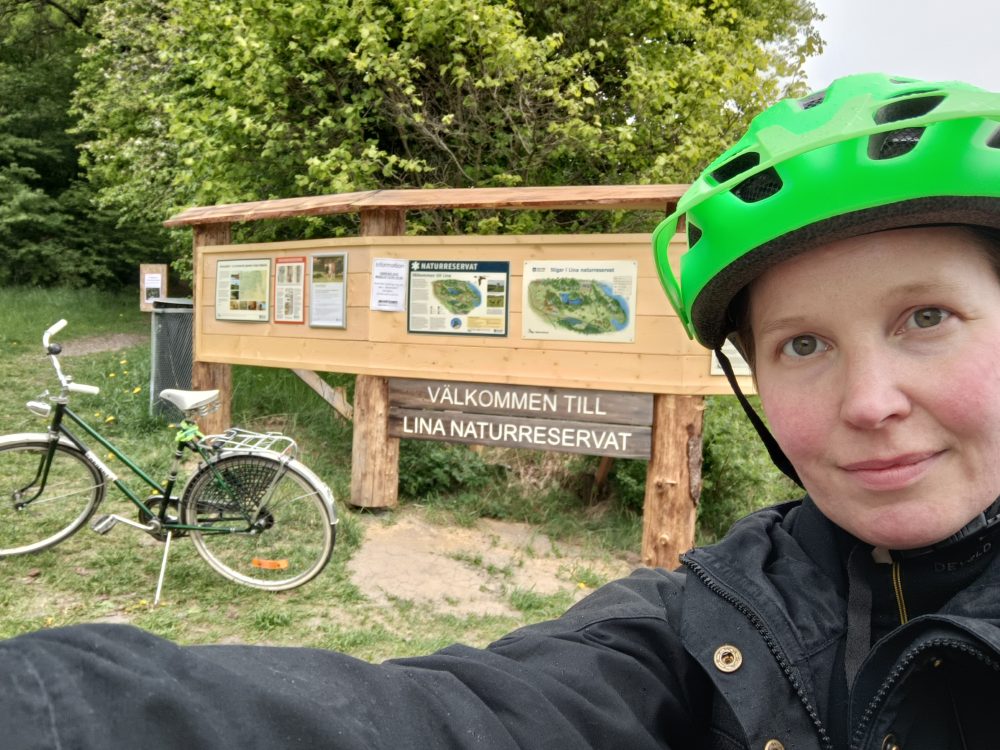My postdoctoral research visit – super happy I did it!

On my postdoctoral visit I spent a total of six months in the research group of Docent Carsten Daub in Karolinska Institutet. The visit was divided into two periods: spring and autumn. This way I could spend the most active time of the year in the group. Why six months? Mainly for strategic reasons. It was enough to learn new skills and properly incorporate myself into the group, and at the same time it was short enough for my family to remain at home. And why Sweden? Karolinska Institutet is a highly ranked university, but at the same time it’s close by, so I could visit my family regularly.
The specific reason for the visit was that I wanted to advance my skills in spatial transcriptomics analysis, for which this group had a uniquely vast data available. I got to formulate my own research questions and to include immunological aspects to the study. In the end my work will be incorporated to a larger study.
I got to refine my coding skills, and I was very happy to teach and supervise a younger scientist and a couple of MSc students during my stay. I also participated in teaching on a PhD course, giving me the chance to meet some of the highly motivated doctoral researchers at the university. In my free-time I walked and biked around Stockholm’s nature reserves, botanical gardens, and best bird spotting destinations, and travelled to many smaller cities by train.
Networking and making new friends
Obviously one reason for research visits is to broaden one’s network. Six months goes fast but was enough for creating strong contacts. Professionally the biggest benefit from the new contacts was that I was invited to teach on a bioinformatics doctoral course in Japan this spring. Personally, the most important experience was making new friends. It was also the hardest part, when I needed to leave the group in the end, but on the other hand I had my old (magnificent!) group in Turku to come back to, and the collaboration and friendships will continue.
The research environment and culture were similar to ours. Altogether, the environment was very welcoming and easy to adjust to, orientation was well organized, and all practicalities were efficiently handled. The biggest distinction was the massive difference in funding of sciences in Sweden. I was astonished by the yearly allocation of funds to SciLifeLab alone. It felt like science is appreciated in Sweden to a whole other level compared to Finland, but maybe this can be changed to our benefit by actively advocating for science in our own country.
Two jobs simultaneously – pretty tough
For the most part the visit was a positive experience but there are couple of aspects I wish to share as a kind heads-up. First, I couldn’t stop my projects in Finland meanwhile, and therefore I practically worked on two jobs simultaneously. Sure, it’s common to have multiple projects ongoing, but this was more demanding than the usual circumstances. It would have been better to be able to concentrate on the research visit alone.

Second, I had to pay the accommodation monthly from my own funds, which was a major financial commitment. Naturally, I was paid back, and I want to emphasize how grateful I’m to the InFLAMES flagship for granting me considerable funding for the visit. Nonetheless, it should be considered that in some situations one might have to temporarily invest notable funds into the visit.
Ultimately, I’m super happy and many experiences richer now, and I do recommend incorporating a research visit to one’s postdoctoral period if possible. I feel I grew a lot professionally in the new environment and had so much fun. Sweden might feel too close, but Karolinska Institutet is a great destination for a research visit, so keep that in mind.
Lea Mikkola
Postdoctoral Researcher, Turku Bioscience Centre
PhD InFLAMES Research Flagship and Academy of Finland
